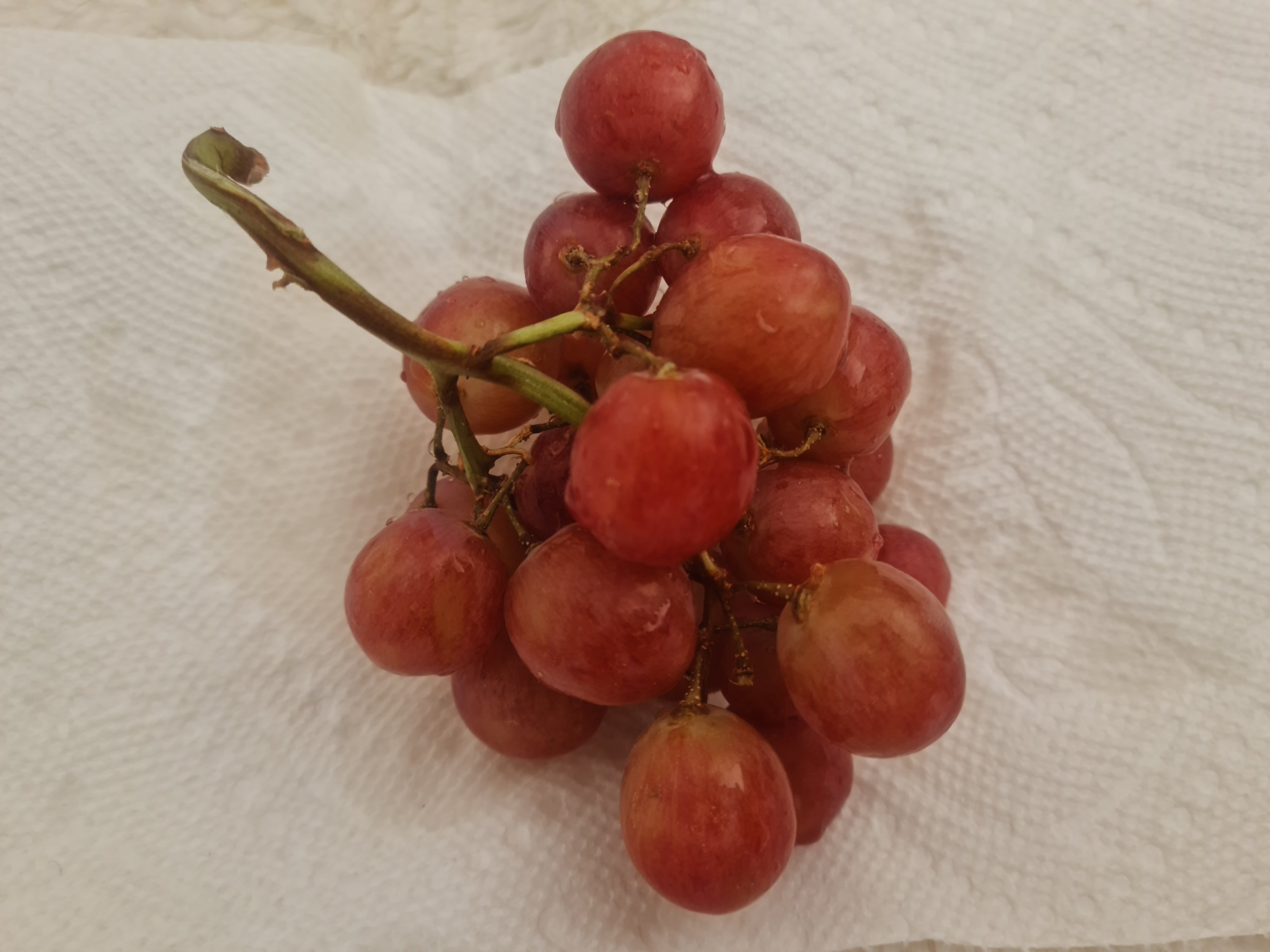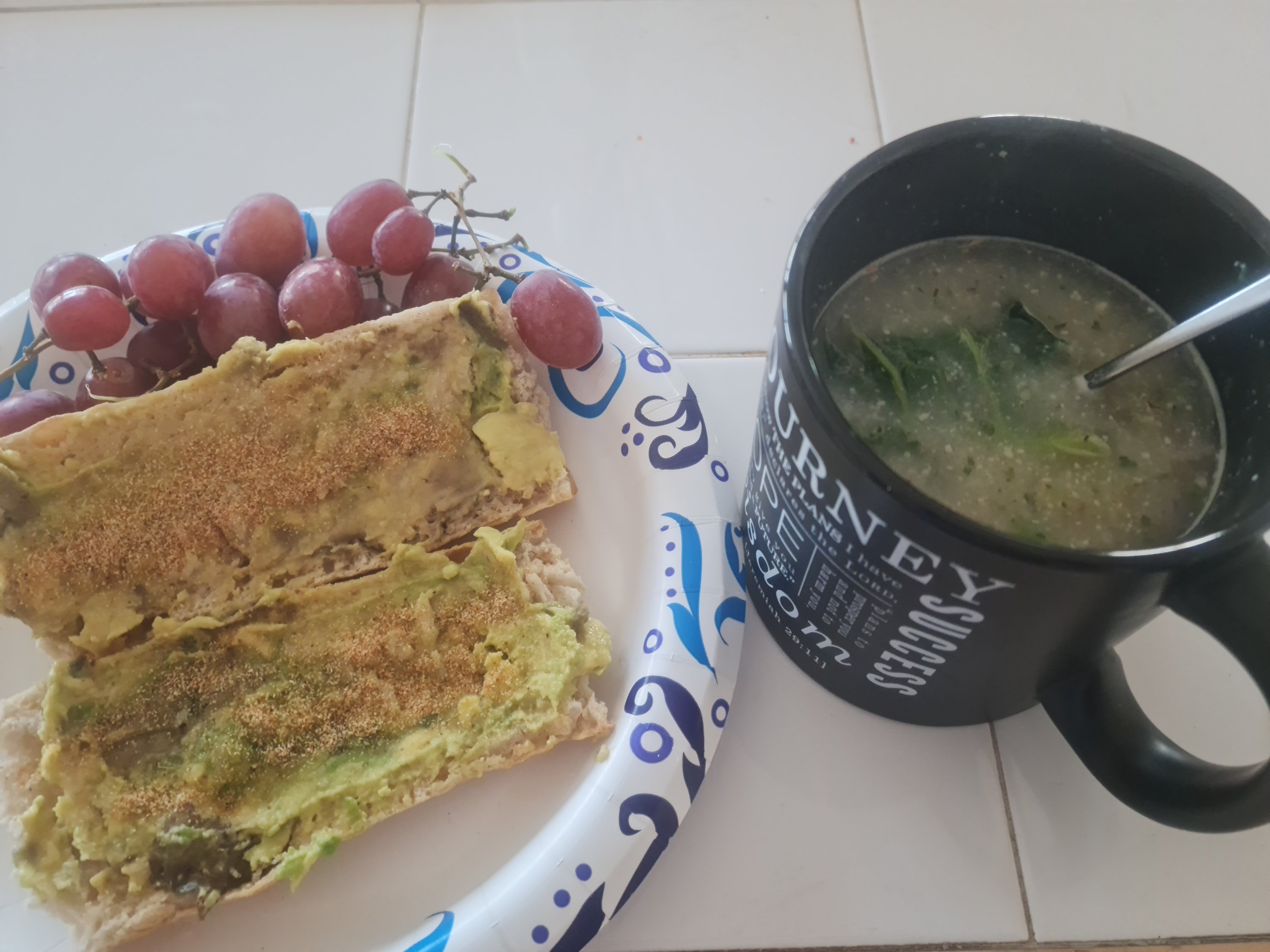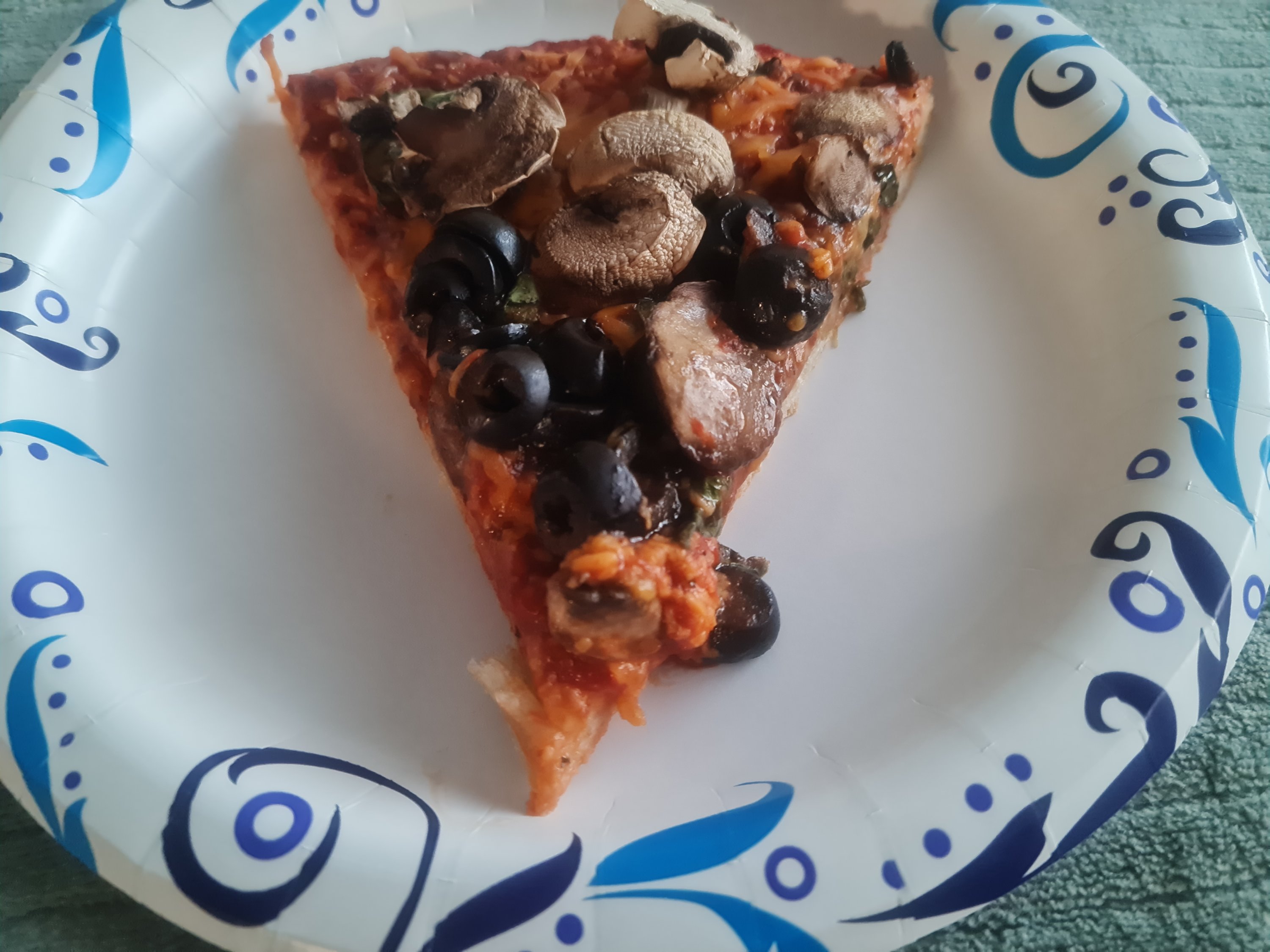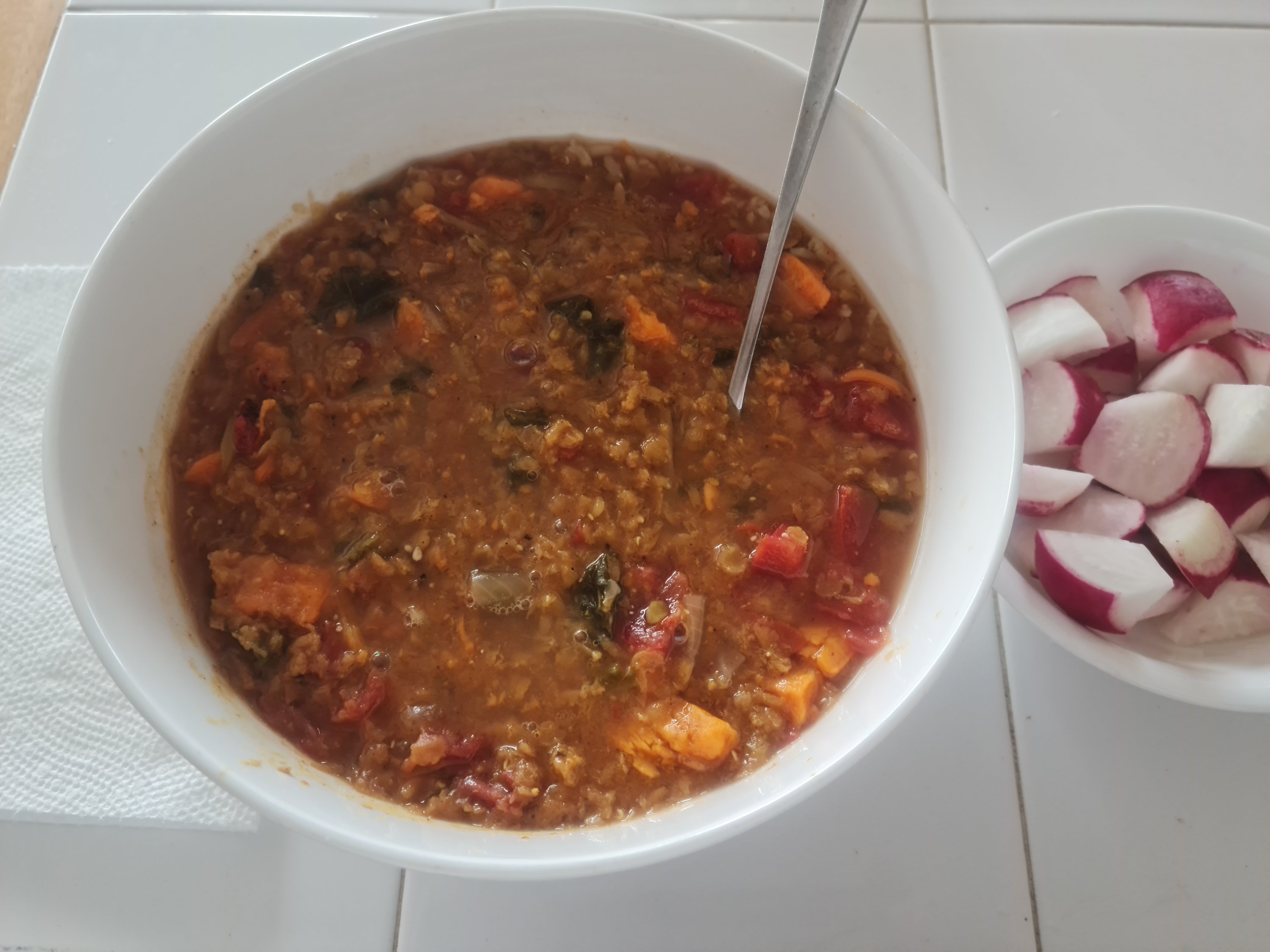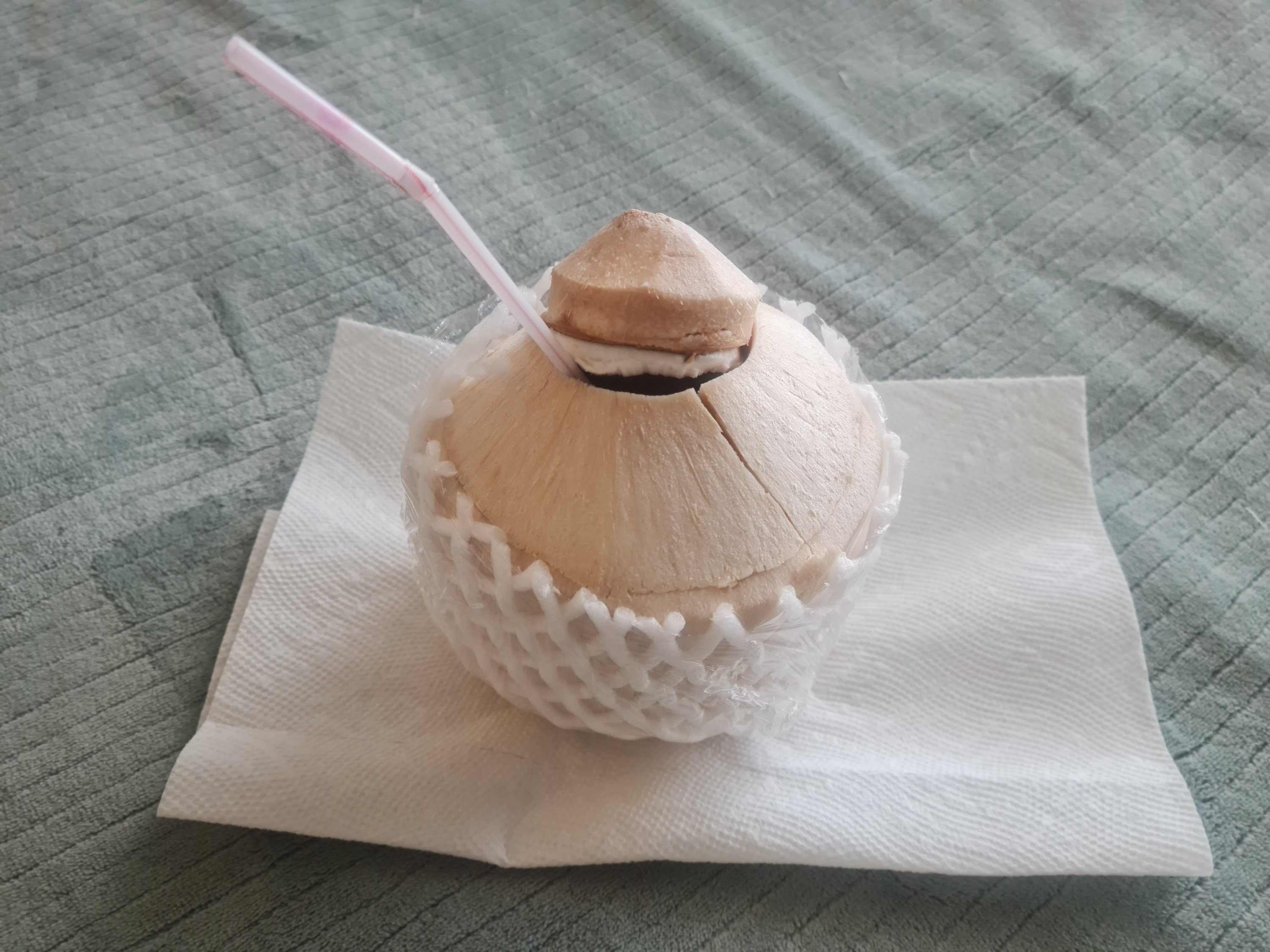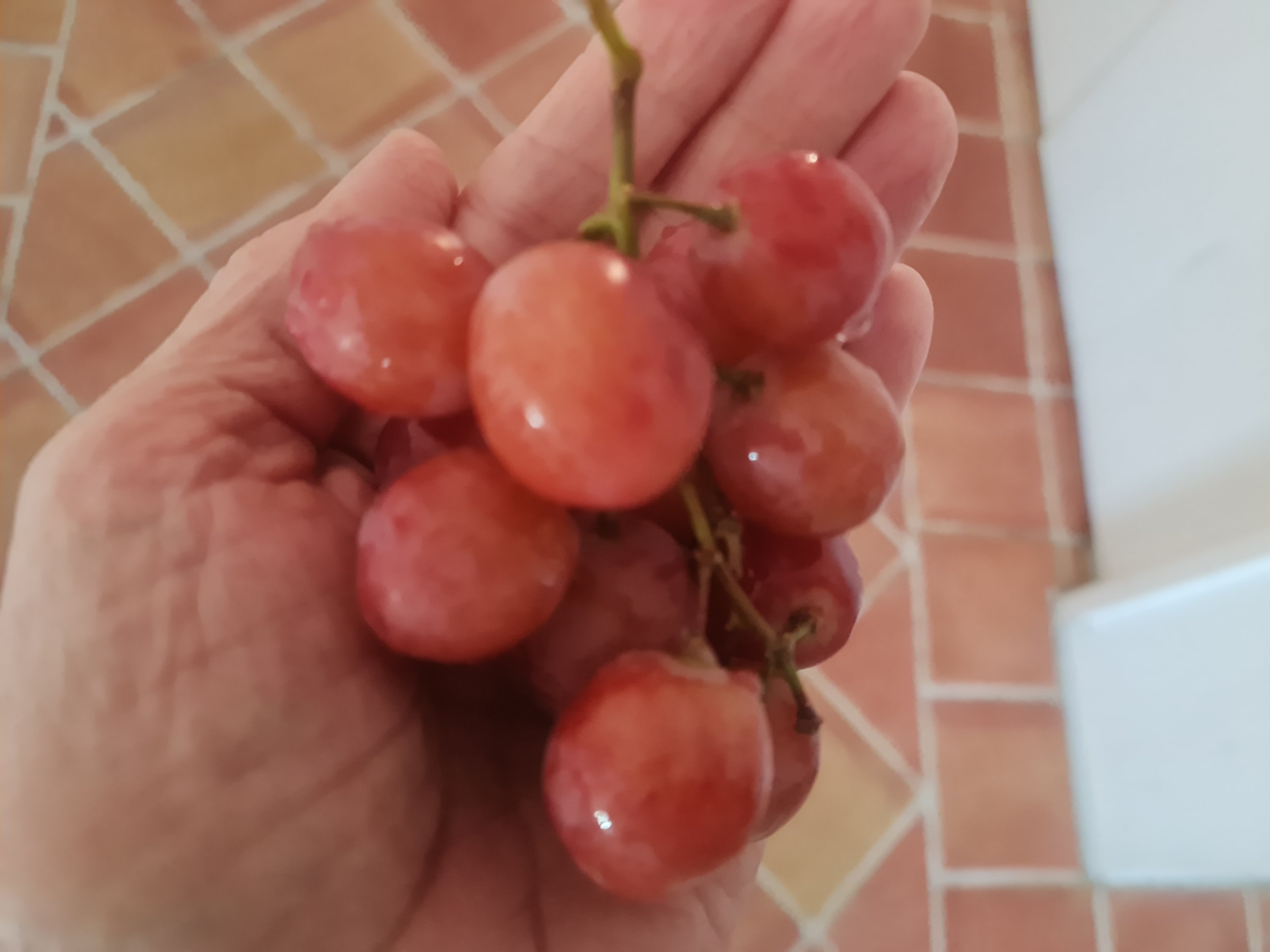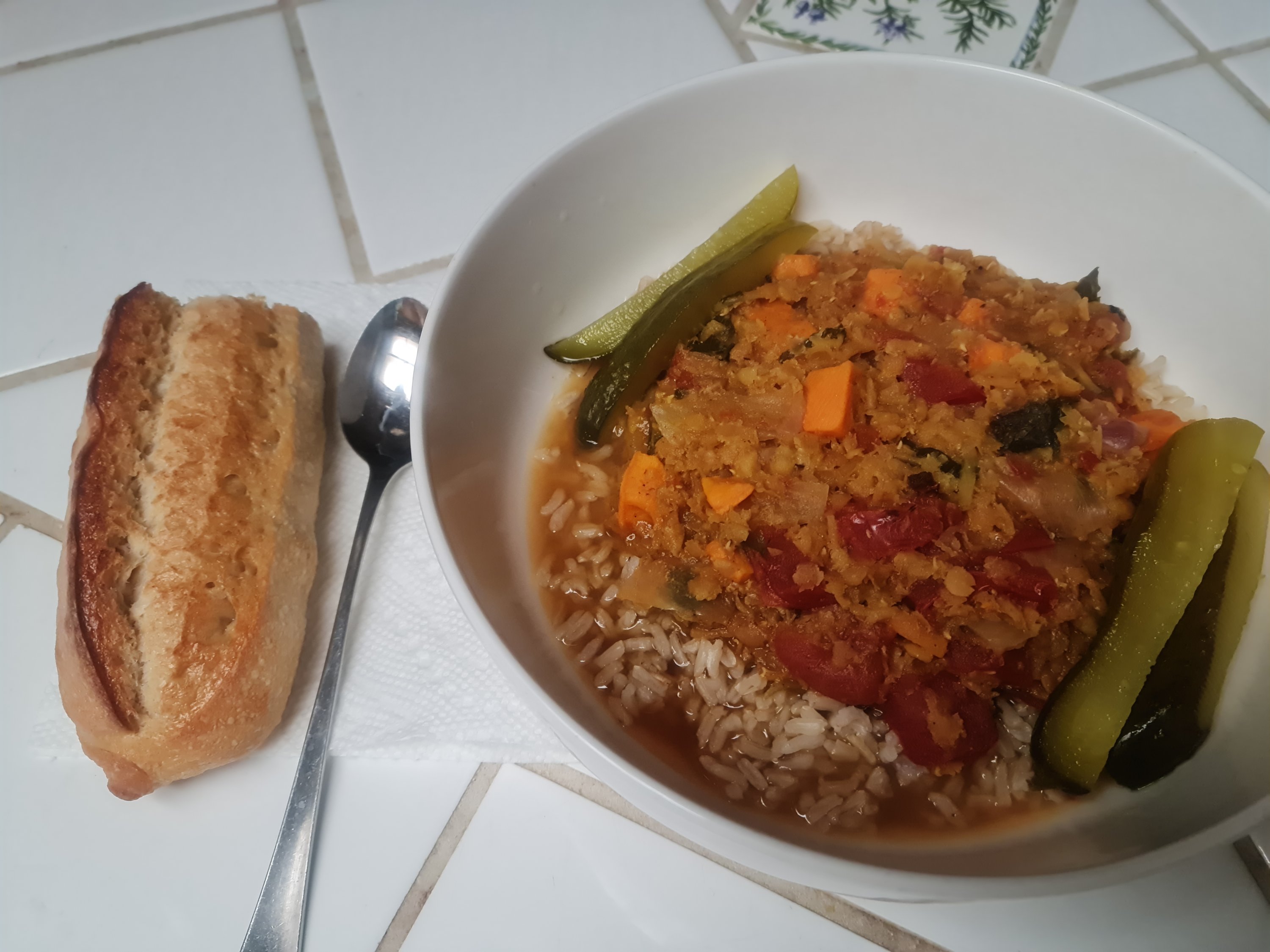Mark Johnson
Milwaukee Journal Sentinel Jan 26, 2021
From a rare marine sea squirt found only in the waters around the Spanish island of Ibiza comes a potential COVID-19 treatment called Aplidin that researchers say has proven 27.5 times more effective than the well-known remdesivir in human cells in the lab.
The finding, reported Monday by an international team in the journal Science, comes at a time when potential treatments have been overshadowed by the U.S. vaccination campaign, now trying to recover from a slower-than-expected start.
A related preprint that has yet to be peer-reviewed says that tests have shown the drug is equally effective against the highly infectious new variant of the virus discovered recently in the United Kingdom.
Aplidin, already approved in Australia for treating multiple myeloma, has been developed as a potential COVID-19 treatment by the Spanish drug company PharmaMar.
So far, Aplidin, also known as Plitidepsin, has gone through a Phase II clinical trial against COVID-19 and is now awaiting the start of Phase III testing. It comes from sea squirts, marine creatures that look like plants and have tubular openings allowing them to draw in and expel water.
The drug was identified as a potential coronavirus treatment back in March after scientists at the University of California, San Francisco and elsewhere tried an unconventional approach.
Instead of randomly testing vast libraries of existing drugs or targeting key proteins in the virus, as other research groups were doing, the San Francisco team focused on the human proteins needed by the virus. The scientists then looked for existing drugs that would prevent the coronavirus from hijacking those human proteins.
“This was data driven instead of just randomly screening drugs,” stressed Nevan Krogan, one of three co-leaders of the new study in Science and director of the Quantitative Biosciences Institute at the University of California, San Francisco.
Krogan said focusing on human, rather the viral, proteins, offered a powerful advantage in the fight against the new coronavirus.
“If you target a human protein that the virus needs,” he said, “the virus will never mutate away from being reliant on that human protein.”
Fear that the virus could thwart vaccines and treatments by mutating has taken on greater urgency since the discovery of a new, significantly more infectious variant of SARS-CoV-2 identified in the United Kingdom.
However, work finalized this weekend by Greg Towers and colleagues at University College London show that Aplidin was effective when used against two different human lung and epithelial cells infected with the newly discovered variant.
‘Easy to hit the ground running’
Krogan’s co-leaders in the study published in Science were Kris M. White and Adolfo García-Sastre, both of whom work at the Icahn School of Medicine at Mount Sinai.
Researchers who did not participate in the Science study, or in the unpublished preprint, said the results are encouraging. They added that Aplidin will require further testing in people to better pin down its effectiveness and possible side effects.
“The drug performs quite well in mice and the authors hint at it having potential against other viruses too,” said David H. O’Connor, a professor of pathology and laboratory medicine at the University of Wisconsin-Madison. “It is premature to say if it will have clinical benefit, but it definitely merits clinical trials.”
At the University of Minnesota Medical School, Susan Kline said, “It’s not typical that we think of drugs that treat cancer being used also to treat viruses.” She said that even though “a drug is effective in cells in the laboratory, we don’t know what effect it will have on cells in the human body.”
Kline, who serves as interim director of infectious disease in the university’s Department of Medicine, also expressed concern that a drug used to kill cancer cells might harm human cells.
Krogan, however, said the dose of Aplidin used against the new coronavirus was far smaller than the dose used to treat multiple myeloma. Also, the drug would only be used for a matter of days against COVID-19; it is used for weeks or months against multiple myeloma.
The Science study found that the drug was effective treating infected human kidney cells and primary lung cells in the lab. In another experiment described in the paper, the drug was used to treat mice infected with a version of the new coronavirus, and reduced the infection 100-fold.
Early in the institute’s work on COVID-19, it formed an international team with scientists from the Icahn School of Medicine at Mount Sinai in New York, the Institut Pasteur in Paris, and the J. David Gladstone Institutes in San Francisco, among others.
Known as the QBI Coronavirus Research Group, the team now includes scientists from the European Bioinformatics Institute in Cambridge, England, and University of Freiburg in Germany.
“The institute’s mission are these collaborations,” said Jacqueline M. Fabius, one of the paper’s authors and the institute’s chief operating officer. “That’s why it was so easy to hit the ground running (when the new coronavirus was discovered).”
In previous papers published in Cell, Science and Nature, the QBI Coronavirus Research Group mapped out the molecular interactions shared by coronaviruses that cause COVID-19, Severe Acute Respiratory Syndrome and Middle East Respiratory Syndrome.
Early on, the group honed in on 332 proteins found in human lung cells and also in blood vessel cells that help the virus when it invades the body.
Using cutting edge technology, they investigated how the virus was affected when they eliminated each protein one by one, and then when they lowered the levels of each protein.
Krogan has said that he hopes knowledge of these interactions will help researchers find treatments that address the new coronavirus but also the next one that appears.
Research on potential COVID-19 treatments is important, not only because it will take months to vaccinate the majority of Americans, but also because it’s unclear whether the vaccines in use can prevent transmission of the virus.
“Work on treatments has been ongoing since the outbreak began and we have seen the benefits,” said Chris Beyrer, professor of public health and human rights at Johns Hopkins Bloomberg School of Public Health. “Survival is actually better than it was in March, April, May.”
